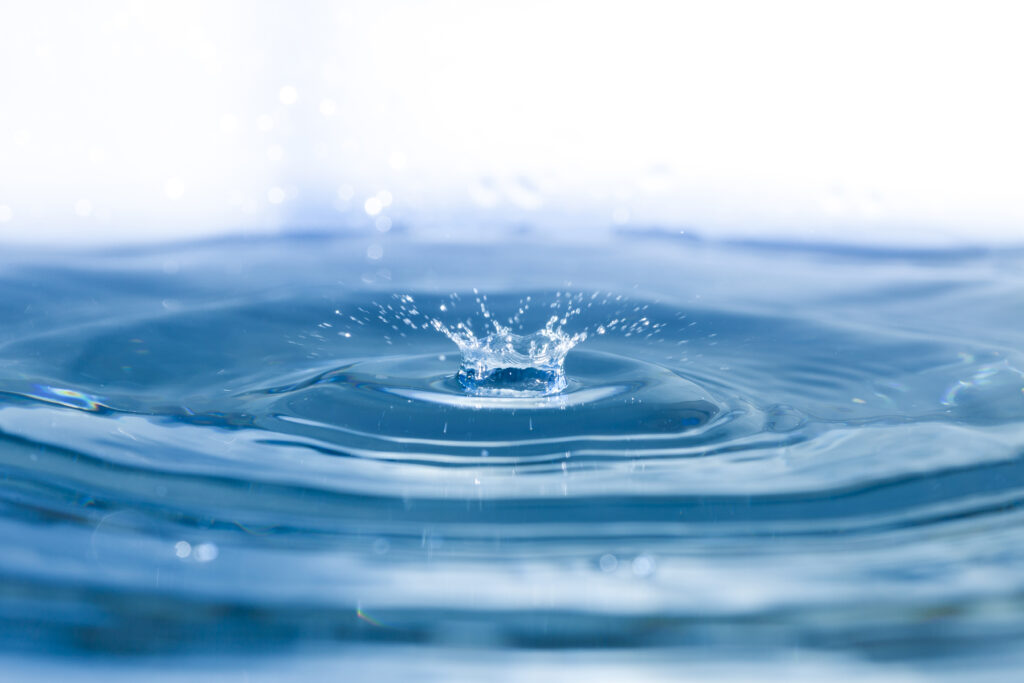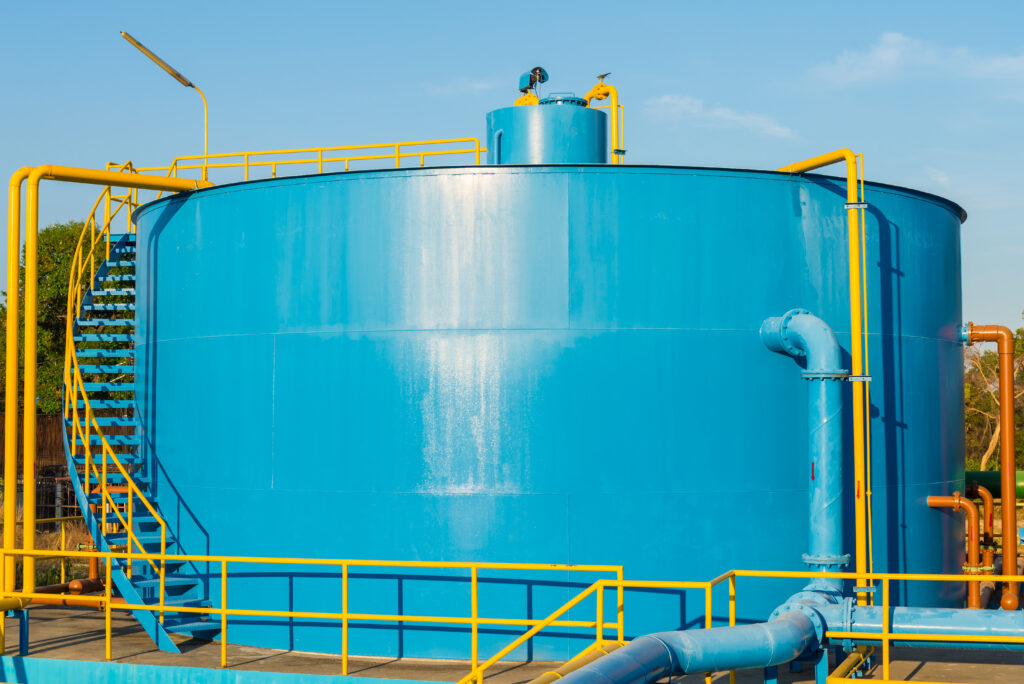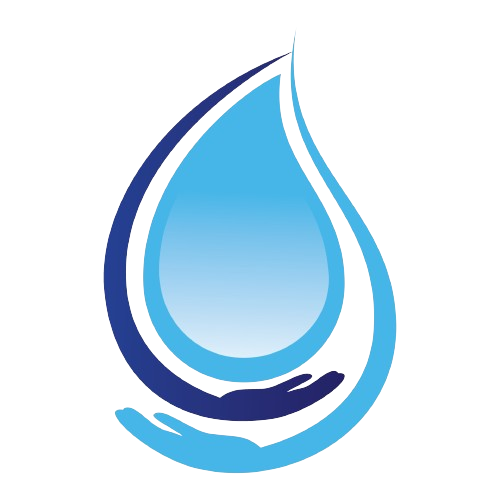Water is one of the most important constituents in life, agriculture, and industry. Water availability is being threatened by climate change and growing demand due to increasing population, making the challenge of water shortage more acute. Water storage options may significantly improve situations of having a stable supply during dry season, drought, and areas where access to fresh water is limited. Following are a few measures and techniques that can be applied to store water efficiently:
1. Building Reservoirs And Dams
The construction of reservoirs and dams is one of the traditional large-scale methods of water storage. These structures catch and store water from rivers, rainfall, and snowmelt and ensure a reliable source for different needs—drinking, irrigation, and hydroelectricity generation.
Reservoirs: They are constructed by damming the rivers and are, by and large, large-sized artificial lakes. Now, the reservoirs can store a huge amount of water so that the supply can be regulated throughout dry periods; this is one way in which they serve to control floods.
Dams: In the process of managing water resources, dams have come in as a very important tool. The controlled release provided manages the downstream height of water as wished. Such can be useful in maintaining conveyance of water to agriculture and municipalities.
While effective, reservoirs and dams require big investments and can be damaging to the environment in terms of forward pressure on habitats and local ecosystems. Hence, careful planning and environmental impact assessments must be taken into consideration in executing these solutions.
2. Rainwater Harvesting
Construction of underground tanks for the harvesting of rainwater from rooftops is a very simple, self-explanatory, inexpensive, and efficient system of water storage that can be practiced at the individual as well as the community level. This involves collecting and storing rainwater from rooftops and open areas during rainfall. It can be harnessed for use in drinking, irrigation, and other household chores.
Rooftop Harvesting: This basically entails the catchment of rainwater falling on rooftops to be guided into storage tanks or cisterns. This water can be filtered further and treated to be rendered fit to use. It is a boon in places where the municipal water supply is erratic.
Surface Water Harvesting: Rainwater can be harvested from open fields, yards, or from specially designed catchment areas in rural lands. Water is usually stored in ponds, tanks, or underground reservoirs and is used for irrigation and livestock farming.
The Major Advantages Of Rainwater Harvesting Are: It helps to reduce dependency on mainstream conventional sources and provides an alternative supply when the source is limited, it is environmentally friendly as it helps to reduce runoff and erosion.

3. Underground Water Storage
One of the many alternatives discussed in this report is “underground water storage” or managed aquifer recharge. It involves the recharge of natural aquifers below the earth’s surface. It is ideally developed in arid or semi-arid regions with limited surface water supplies and high evaporation rates.
Aquifer Storage And Recovery: It is a process in which excess surface water, such as from rivers or treated wastewater, is injected into underground aquifers during the wet periods. This water is stored to be recovered for use later in the dry seasons or drought periods. ASR helps in maintaining the groundwater level and precludes the subsidence of land.
Subsurface Dams: These refer to an underground-built dam used to capture and hold water in an aquifer. The movement of groundwater is not retained, but it continues rising, accumulating in a manner from which it can be retrieved any time at the owner’s disposal. The best operation place for a subsurface dam would be anywhere that receives seasonal rainfall.
Other Benefits Of Underground Water Storage Are The Enormous Advantages: minimization of evaporation losses and protection of the stored water against pollution. Boström has confirmed the fact that such a way of water storage also contributes to the preservation of the groundwater level as it ensures not only ecosystems’ existence but also helps in preventing soil erosion.
4. Water Tanks And Cisterns
Coordinates and cisterns, on the other hand, find a wide range of applications in both urban and rural areas for storing water on a small scale. Water storage at this scale can be of the above-ground or below-ground type, be plastic, concrete, or even metallic, and of varying sizes.
Domestic Water Tanks: The domestic water tanks are meant for household use, storing portable water for daily needs of the occupants. Domestic tanks can source water from the municipal supply, rainwater harvesting system, or a well and even provide backup in case of shortage or failure.
Cisterns: They are big storage containers, which are in most cases buried underground so as to collect and store rainwater or any other water available for use. They store huge amount of water and, therefore, are used where proper infrastructures of water supply are missing.
Water tanks and cisterns are easily installed and maintained and, therefore, can easily be used by any household or community that would wish to improve its water storage capacity.

5. Water Conservation And Efficient Use
While it is a fact that water is important to store, equally, water must be conserved and used in an effective way. Water conversation practices are essential to mitigate the demand for stored water.
Drip Irrigation: This is a kind of irrigation that feeds crops through tubes and emitters that supply water right into the root. Minimal amounts are wasted through evaporation and run-off, so it still remains a very good option if and where water is not on tap.
Water-Efficient Appliances: The use of water-efficient appliances, including low-flow toilets, showerheads, and washing machines, will greatly reduce the quantity of water a household consumes. With considerable reductions in the need for water, conservation is not the only result; enormous water storage systems are also sometimes minimized.
Leak Detection And Repair: The plumbing, irrigation systems, and water tanks should be checked from time to time, so as to repair any leakage, which would stop the waste of water and ensure the stored water is used to the maximum effectiveness.
It complements storage, which in turn makes it possible to sustain effective supplies even in times of shortage.
In summation, proper storage of water is in essence both an old and multi-dimensional new approach in the creation of reservoirs, rain harvesting, use of underground storage, and conservation of the same to guarantee dependable supplies in the coming years.

